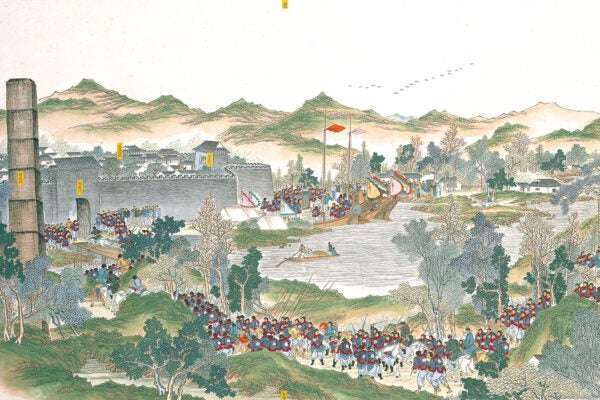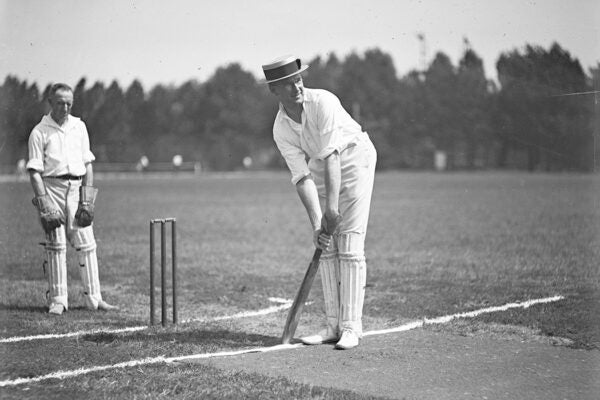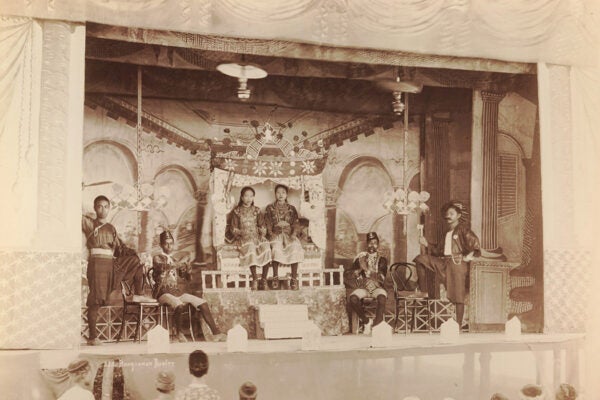Biking While Black in DC
Because of its political structure, Washington became a test case in federally mandated laws that enabled racially discriminatory policing of public space.
When French Citrus Colonized Algeria
The citrus industry in Algeria honed French imperial apparatuses and provided a means for France to define and shape the behavior of its colonial subjects.
Women Warriors Make Great Propaganda
The presence of female fighters gives legitimacy to armed rebellions and increases the chances of support from international NGOS and other external actors.
Taiping: China’s Nineteenth-Century Civil War
Partially coinciding with the American Civil War, the Taiping “Rebellion” in China was one of the most destructive conflicts in history.
Becoming the British Virgin Islands
Grappling with a history shaped by colonialism, the British Virgin Islands have built a national identity that embraces change while distancing the neighbors.
Endangered: North American Cricket
Cricket was played and cheered in the United States and Canada in the nineteenth century. Why did it fall out of favor with sports fans?
Reclaiming a Coal Town
When the coal business tanked in the 1930s, the company town of Pardeesville, Pennsylvania, briefly transformed itself through collective action.
Printing Anarchy
The stock figure of the “anarchist” is a bomb-thrower or assassin, but political scientist Kathy E. Ferguson argues it should be a printer.
Gonna Make You a (Bangsawan) Star
The bangsawan theater in early twentieth-century Malaya offered women a chance to build a public identity beyond marriage and motherhood.
Richard Nixon Redux
On the fiftieth anniversary of US President Richard M. Nixon’s resignation from office, we offer a collection of stories to contextualize his decision.









